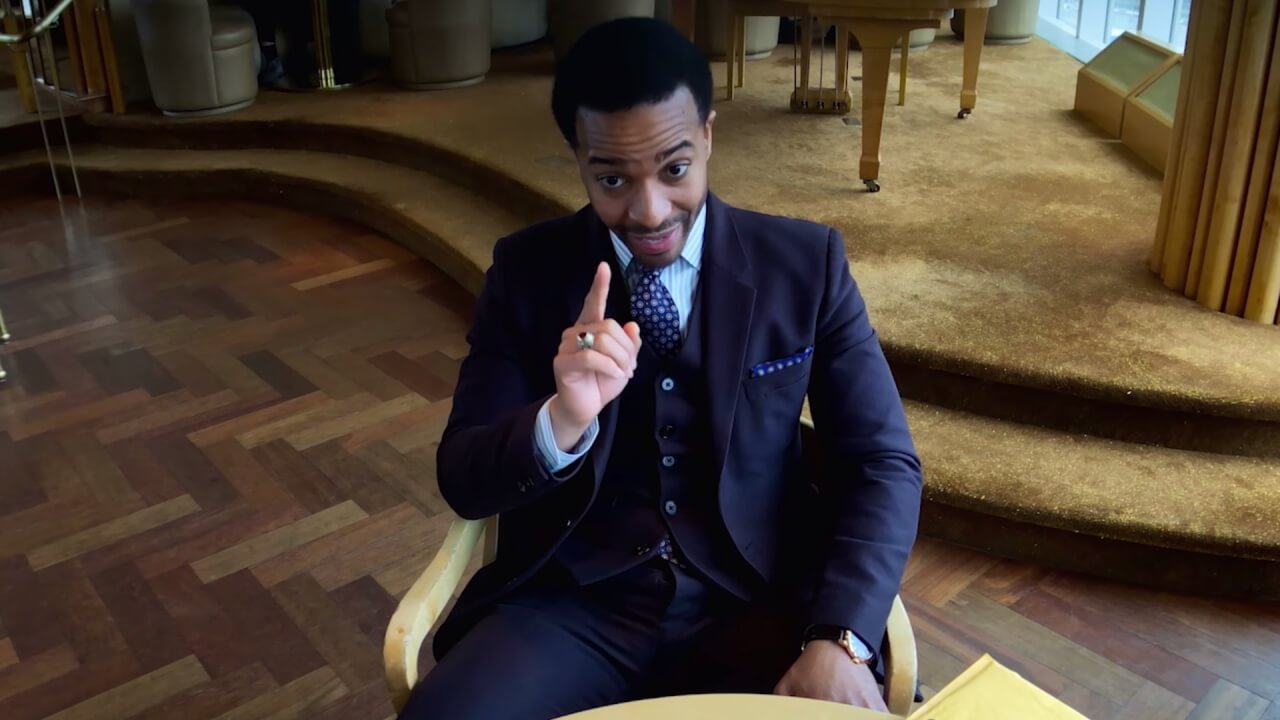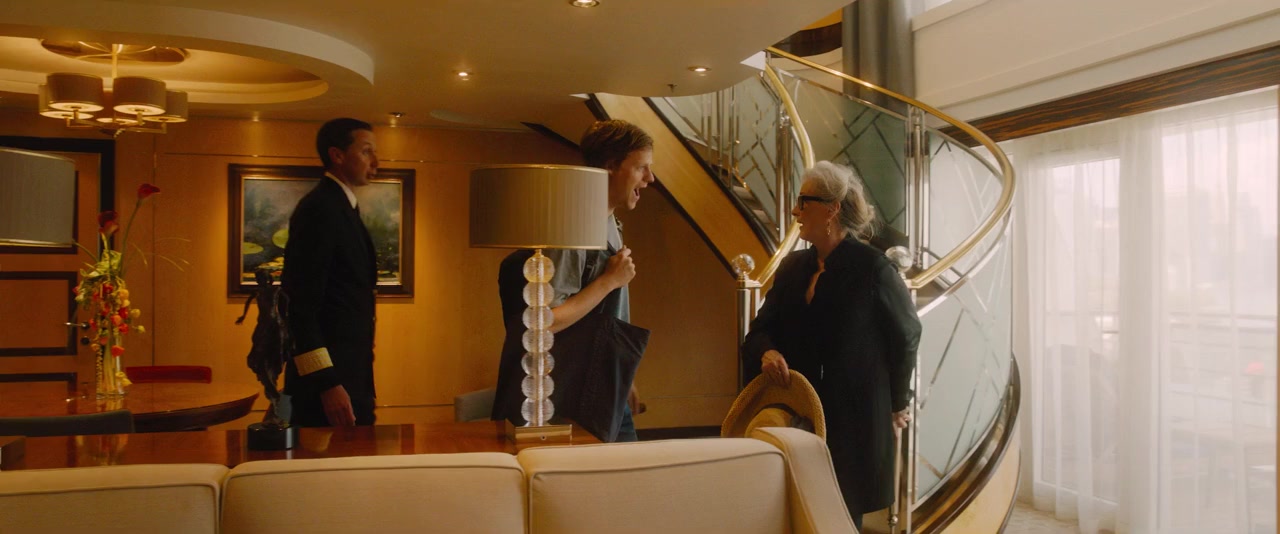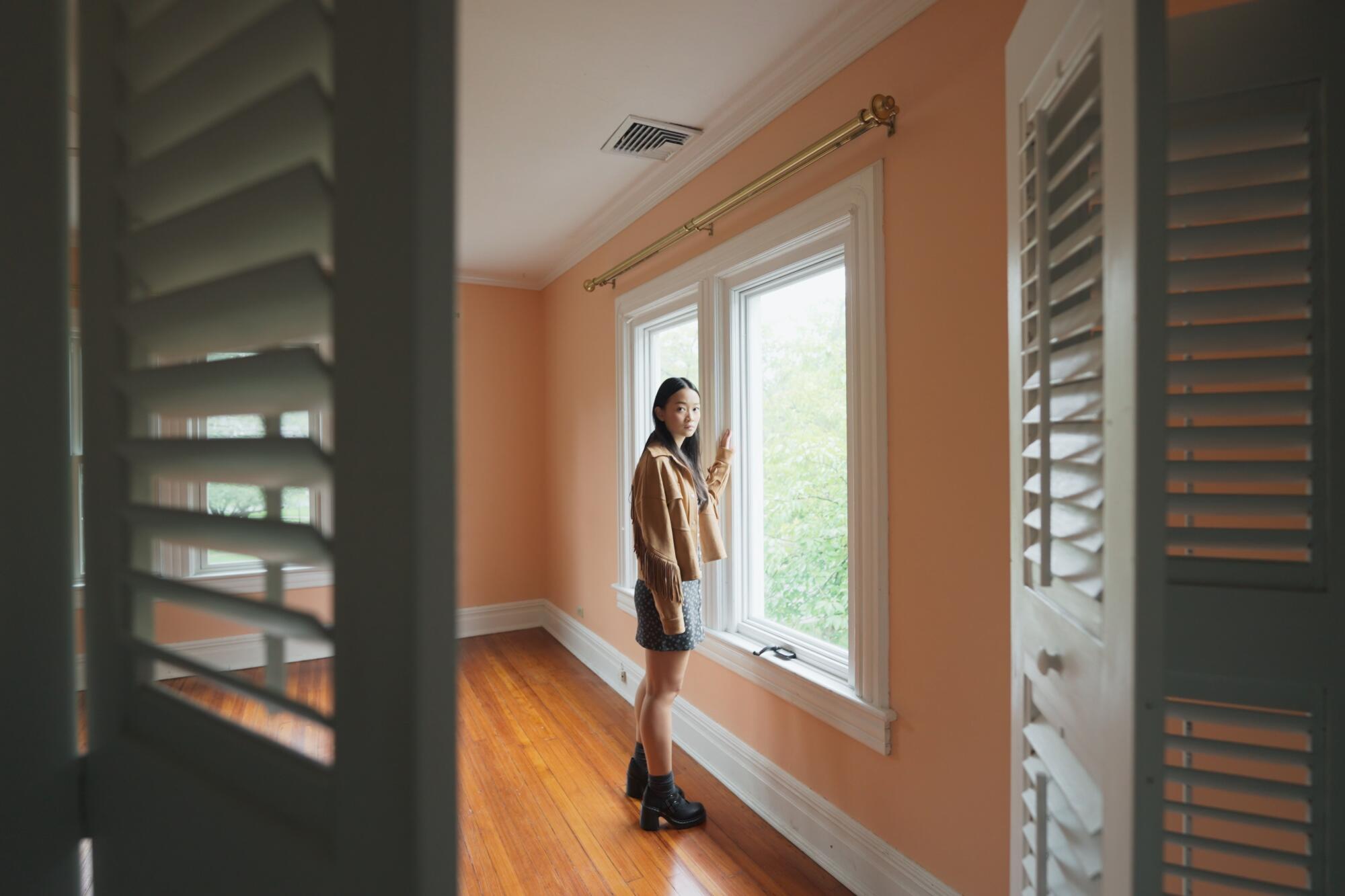The Form is the Story in Steven Soderberg’s Presence
In October 2023, I wrote a quick blog post on Wes Anderson’s just released short films based on four Roald Dahl short stories called “The Distillation of Wes Anderson’s Creative Project.” In that post, I argued that, taken together, those four films felt like the summation of everything Anderson had been working towards over his career. In short, under tight constraints with limited actors, the increased set design and artificiality of his films became part of the storytelling in a clearer way than we’ve seen before.
I was reminded of that post over the weekend while watching Steven Soderbergh’s recent film, Presence[^1]. Like Anderson’s short films, Presence, for me, felt like a distillation of Soderberg’s process over the last decade. Billed as a supernatural thriller, Presence follows a family as they move into a new house that is haunted by, well, a…presence. The entire film is shot from the perspective of this supernatural being: we see what they see, from their perspective[^2]. We roam around the house, we eavesdrop on intimate moments, and overhear conversations. There’s family drama around the edges but the emotional anchor of the story is the family’s teenage daughter, who early on, becomes aware of the presence in the house. (In a startling moment early in the film, she looks directly at the camera — which is to say: directly at the ghost, directly at us — as it pulls back quickly as if surprised by the gaze.)
I sometimes think Soderbergh might be my favorite director. I’m in awe of his productivity (he seems to have a new movie every few months) but I’m also in awe of his range from big budget summer films like the Oceans films to weird indies like The Girlfriend Experience or Full Frontal. He’s both wildly experimental yet firmly mainstream. Films like Contagion, The Informant!, and The Limey I’ve seen many, many times. I always enjoy watching how he plays with genre, subverts expectations, and challenges modes of storytelling: all of which is on display in Presence.
In early 2013, Soderbergh announced he was retiring from making movies. That “retirement” didn’t last long. By May of that year, he directed the ten-part mini-series The Knick. I’ve always sensed working on the two seasons of The Knick — which he not only directed but also shot and edited himself (often actually holding the camera) — changed how he made movies when he returned in 2016 with Lucky Logan. The sensibilities of his later films were refined on the grueling production schedule of a ten-episode series. In The Knick, we see extreme camera angles, natural lighting with tightly framed images, industrial soundtracks, and dialogue that’s cut with unusual camera placement.


The films he’s made since returning to filmmaking vary wildly in tone (and quality) but they all feel like he’s experimenting with the ideas he explored on The Knick: how can he make a film in the most economical and artistic way possible. (In Unsane and High Flying Bird, for example, he used an iPhone to shoot the entire film.) As he’s often behind the camera, in real environments, we see him move between playful and static camera work. Maybe he places the camera low to the ground looking up at a person (or vice versa, where the camera almost feels too high as it looks down) as we see often in his HBO series, Mosaic. Other times it’s tight against a wall with the walls angles pulling us into the scene like in Let Them All Talk. My favorite Soderbergian gesture is when he places the camera through glass as if we’re inside looking out at a scene or vice versa, as if the camera is a fly on the wall, catching something it’s not supposed to. In all of these moves, the viewer becomes aware of the camera and how it frames what we’re seeing.
This is the trick he reveals in Presence because the camera is not just a camera, it’s the main character. And because we’re watching the film through this point of view, the camera is also us. Here these angles, positions, and framing are not just artistic devices but storytelling devices. It’s the same thing with Wes Anderson’s short films a few years ago: the form becomes the content.
Presence is not Soderbergh’s best film, nor would I call it my favorite. But what I liked about it was how, as a follower of his work for decades, I could see how the lessons he’s learned, the experiments he’s made, found a new usefulness here. It was a treat to see Soderbergh do his Soderbergh thing in a distilled way. If anything, I was surprised he hadn’t made a film like this earlier. Like I said when I wrote about Anderson: I’m curious to see how he further develops this new mode.
